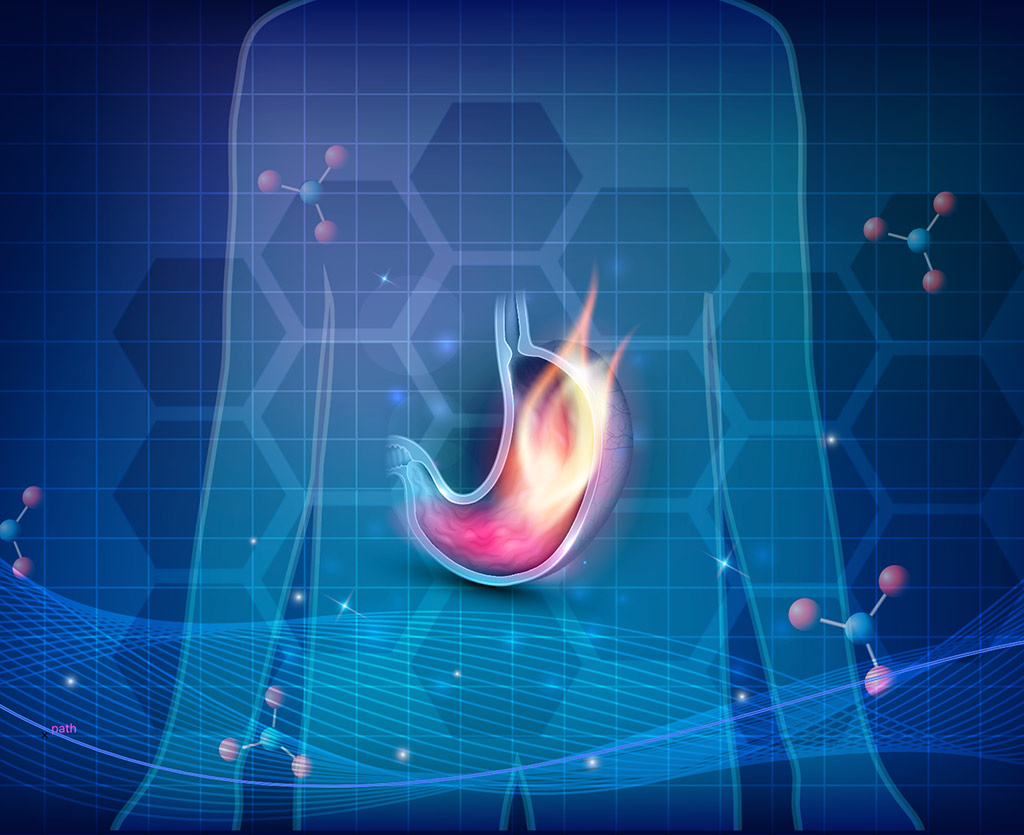About GERD
Gastroesophageal reflux disease (GERD) is a common gastrointestinal disease that affects nearly 20 percent of the U.S. population. It is a chronic condition in which the gastroesophageal valve (GEV) allows gastric contents to reflux (wash backwards) into the esophagus, causing heartburn and possible injury to the esophageal lining. In the United States (U.S.), GERD is the most common gastrointestinal-related diagnosis physicians make during clinical visits. Some patients may have mild or moderate symptoms of GERD, while others have more severe manifestations causing chronic heartburn, asthma, chronic cough, and hoarse voice or chest pain. Left untreated, GERD can develop into a pre-cancerous condition called Barrett’s esophagus, which is a precursor for esophageal cancer. The first treatment recommendation for patients with GERD is to make lifestyle changes (e.g., diet, scheduled eating times and sleeping positions). Proton pump inhibitor (PPI) medications are commonly used to treat GERD, but there are a variety of health complications associated with long-term dependency on PPIs, and more than 10 million Americans are refractory to PPI therapy and may opt for surgery.
About Transoral Incisionless Fundoplication (TIF® 2.0 procedure) for Reflux
The TIF 2.0 procedure enables an incisionless approach to fundoplication in which a device is inserted through the mouth, down the esophagus and into the upper portion of the stomach. This approach offers patients looking for an alternative to traditional surgery an effective treatment option to correct the underlying cause of GERD. Based on clinical studies, most patients stopped using daily medications to control their symptoms and had their esophageal inflammation (esophagitis) eliminated up to five years after the TIF 2.0 procedure. Additionally, clinical results have demonstrated that laparoscopic hiatal hernia repair (LHHR) immediately followed by TIF 2.0 procedure is safe and effective in patients requiring repair of both anatomical defects.
Over 25,000 TIF procedures have been performed worldwide. More than 140 peer-reviewed papers have consistently documented the sustained improved clinical outcomes and exemplary safety profile the TIF procedure provides to patients suffering from GERD. For more information, please visit www.GERDHelp.com.
About Reimbursement
With the support of clinical societies, commercial and federal insurance providers, representing more than 100 million lives, have recognized the value of the TIF 2.0 procedure through recently expanded coverage policies. The TIF 2.0 procedure is a covered benefit for all Medicare beneficiaries across the country.
For the TIF 2.0 procedure, physicians and hospitals can reference CPT Code 43210 EGD esophagogastric fundoplasty. CPT is a registered trademark of the American Medical Association.
About EsophyX® Technology
The EsophyX technology is used to reconstruct the gastroesophageal valve (GEV) and restore its function as a barrier, preventing stomach acids from refluxing back into the esophagus. The device is inserted through the patient’s mouth with direct visual guidance from an endoscope, and enables creation of a 3 cm, 270° esophagogastric fundoplication. The U.S. Food and Drug Administration cleared the original EsophyX device in 2007. The evolving technology, including the latest iteration EsophyX Z+, launched in 2017, enables surgeons and gastroenterologists to use a wide selection of endoscopes to treat the underlying anatomical cause of GERD.
Indications
The EsophyX device, with SerosaFuse® fasteners and accessories, is indicated for use in transoral tissue approximation, full thickness plication and ligation in the gastrointestinal tract. It is indicated for the treatment of symptomatic chronic GERD in patients who require and respond to pharmacological therapy. The device is also indicated to narrow the gastroesophageal junction and reduce hiatal hernia ≤ 2 cm in size in patients with symptomatic chronic GERD. Patients with hiatal hernias larger than 2 cm may be included, when a laparoscopic hiatal hernia repair reduces the hernia to 2 cm or less.
About EndoGastric Solutions®
Based in Redmond, Washington, EndoGastric Solutions, Inc. (www.endogastricsolutions.com), is a medical device company developing and commercializing innovative, evidence-based, incisionless surgical technology for the treatment of GERD. EGS has combined the most advanced concepts in gastroenterology and surgery to develop products and procedures to treat gastrointestinal diseases, including the TIF 2.0 procedure—a minimally invasive solution that addresses a significant unmet clinical need. Join the conversation on Twitter: @GERDHelp Facebook: GERDHelp and LinkedIn: EndoGastric Solutions.
# # #
Contact:
Amber Berman
EndoGastric Solutions, Inc.
ABerman@EndoGastricSolutions.com
Erich Sandoval
Lazar Partners
Phone: +1 917-497-2867
esandoval@lazarpartners.com

